Sedum Lanceolatum
Do you have a rock garden or a drought-prone area that needs some greenery? Meet sedum lanceolatum, a tough, resilient succulent that can handle dry conditions and neglect. Not only is it easy to care for, but it also adds unique texture and color to any garden space.
Pain Points
Are you tired of having to constantly water and fertilize your plants, only to have them wither away in hot, dry weather? Do you struggle to find plants that can survive in rocky or gravelly soil? Sedum lanceolatum can help alleviate these pain points by thriving in harsh conditions and requiring very little maintenance.
Target of Sedum Lanceolatum
Sedum lanceolatum is a species of succulent that is native to North America. It can be found in various regions, including the prairies, deserts, and foothills of the Rocky Mountains. It typically grows in rocky or gravelly soil and is known for its spear-shaped leaves and pink or white flowers.
Summary of Main Points
Overall, sedum lanceolatum is a hardy and attractive plant that is well-suited for hot, dry environments. It can be used in rock gardens, xeriscapes, and other low-maintenance landscapes. Some of its key features include its drought tolerance, easy care requirements, and ability to add unique texture and color to any garden space.
Sedum Lanceolatum: A Personal Experience
One of my favorite things about sedum lanceolatum is its ability to thrive in neglected areas. I have a patch of rocky soil in my backyard that I struggled to find plants for. However, since adding a few sedum lanceolatum plants, I've noticed the area has become much more vibrant and attractive. The plants require very little attention and have even begun to spread, creating a striking ground cover.
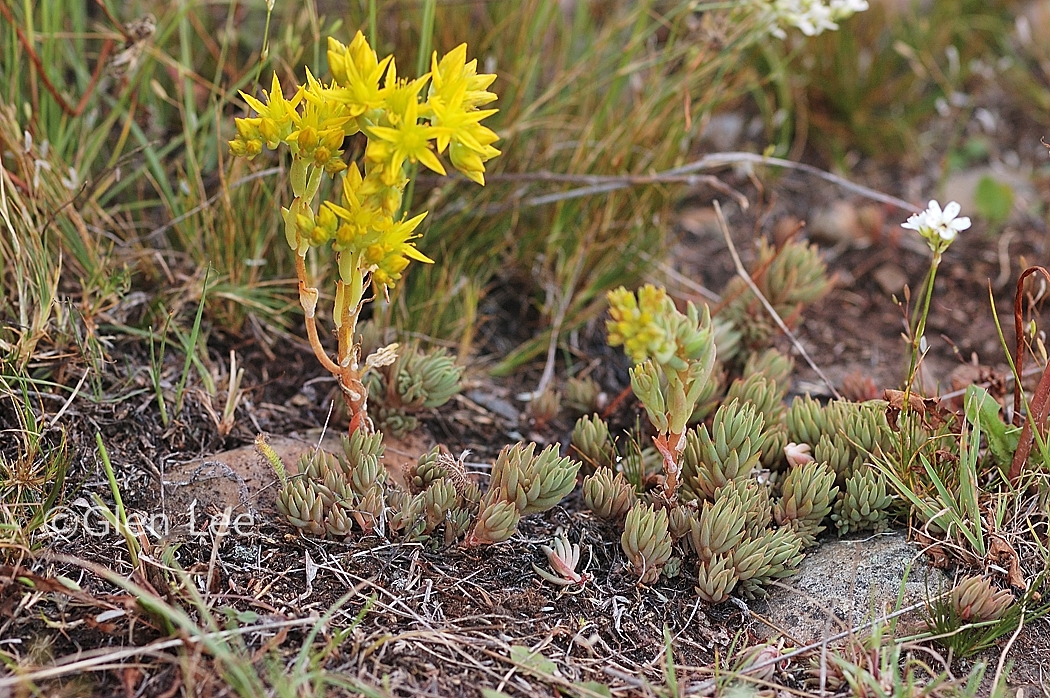
As a succulent, sedum lanceolatum is also an excellent choice for people who travel frequently or have busy schedules. It can go long periods without water and doesn't require frequent pruning or fertilizing.
Growing Sedum Lanceolatum
If you're interested in adding sedum lanceolatum to your garden, there are a few key things to keep in mind. First, it prefers well-drained soil and doesn't do well in areas with standing water. It also requires plenty of sunlight, so make sure to plant it in a spot that receives at least 6 hours of direct sunlight per day.
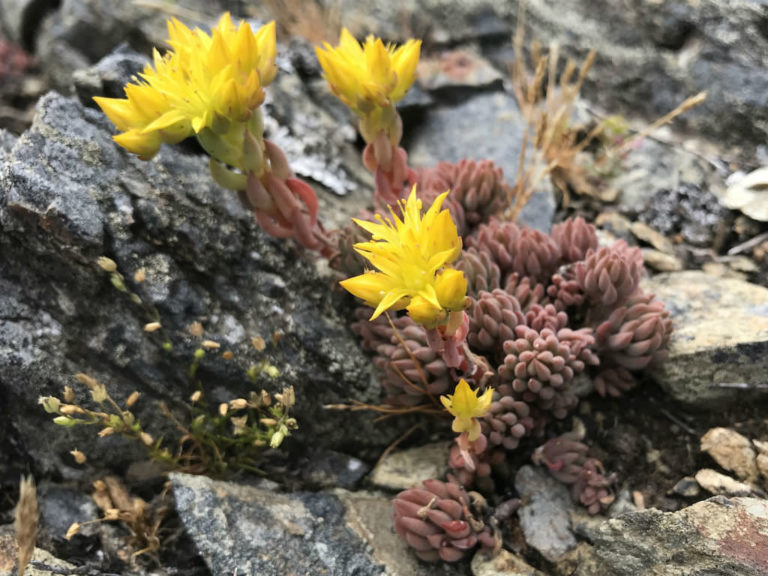
In terms of care, sedum lanceolatum is relatively low-maintenance. It can go for long periods without water, but will thrive if you water it deeply once every few weeks. It doesn't require pruning, but you can trim back any dead or damaged leaves if necessary. If you live in a colder climate, you may need to provide some protection during the winter months.
Sedum Lanceolatum and Wildlife
Sedum lanceolatum isn't just a great choice for gardeners - it's also an important source of food for a variety of wildlife. Its nectar-rich flowers attract bees, butterflies, and other pollinators, while its seeds are a favorite of birds and small mammals.
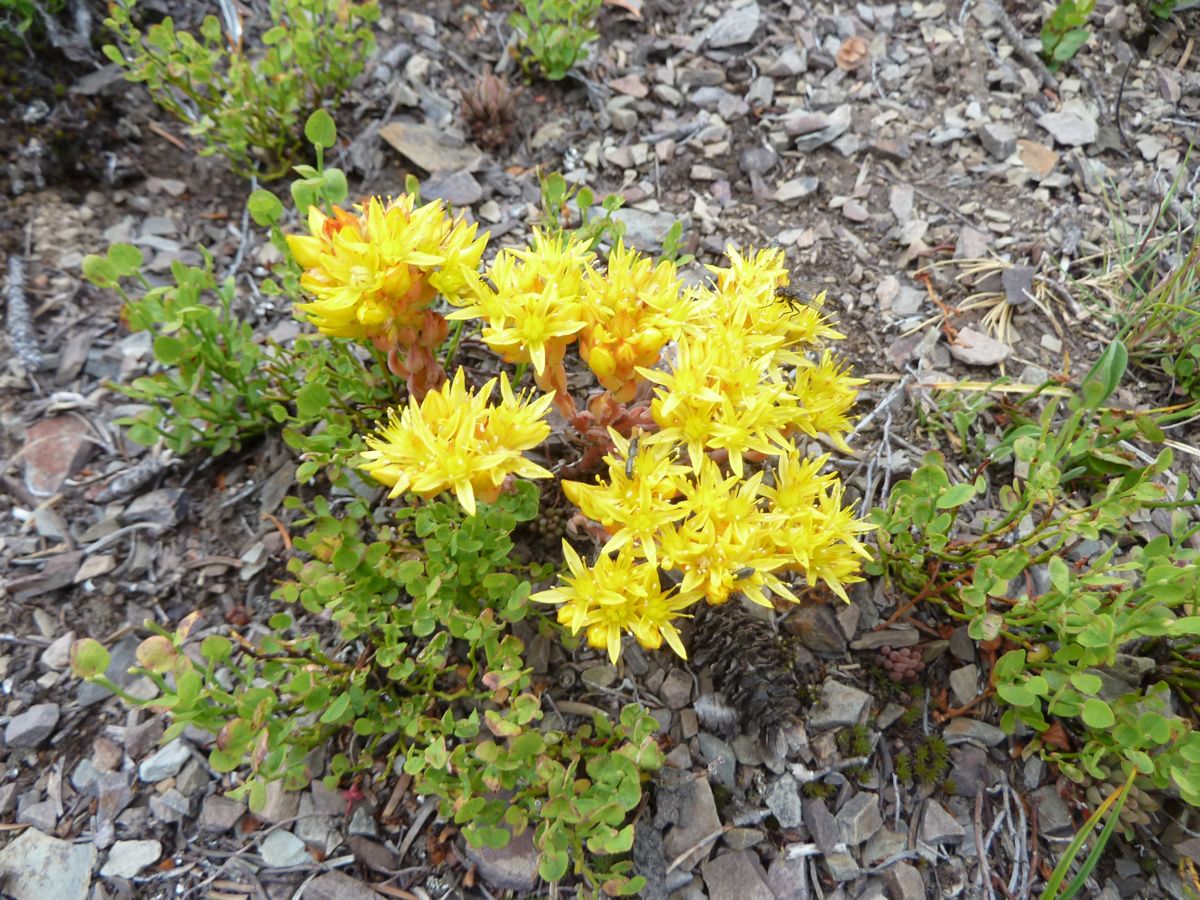
Why is Sedum Lanceolatum a Popular Choice?
There are several reasons why sedum lanceolatum has become such a popular choice for gardeners and landscapers. One of its main advantages is its ability to thrive in harsh, dry conditions, making it ideal for xeriscape and rock garden designs. It also adds unique texture and color to any garden space, with its spear-shaped leaves and attractive blooms.
Tips for Growing Sedum Lanceolatum
Here are a few tips for growing sedum lanceolatum successfully:
- Plant it in well-drained soil
- Ensure it gets plenty of sunlight
- Water deeply once every few weeks
- Protect it during cold winter months, if necessary
Question and Answer
Q: Can sedum lanceolatum grow in shade?
A: While sedum lanceolatum prefers full sunlight, it can tolerate some light shade. However, it may not flower as much or grow as vigorously in shady areas.
Q: How often should I water sedum lanceolatum?
A: Sedum lanceolatum is drought-tolerant and can go for several weeks without water. However, it will thrive with occasional deep watering once every few weeks, particularly during hot, dry weather.
Q: Is sedum lanceolatum toxic to pets?
A: While sedum lanceolatum isn't toxic to pets, it can cause mild stomach upset if ingested in large quantities. As with any plant, it's always best to keep it out of reach of curious pets.
Q: Is sedum lanceolatum invasive?
A: Sedum lanceolatum isn't typically considered an invasive species, but it can spread under the right conditions. If you're concerned about it taking over your garden, you can plant it in containers or trim it back regularly.
Conclusion
Sedum lanceolatum is a versatile, easy-to-care-for succulent that can add unique texture and color to any garden space. It's an excellent choice for xeriscape and rock garden designs, and its nectar-rich flowers attract a variety of pollinators. By following a few simple growing tips, you can enjoy the many benefits of sedum lanceolatum in your own garden.
Gallery
Sedum Lanceolatum Photos Saskatchewan Wildflowers

Photo Credit by: bing.com / sedum lanceolatum
Sedum Lanceolatum | North American Rock Garden Society
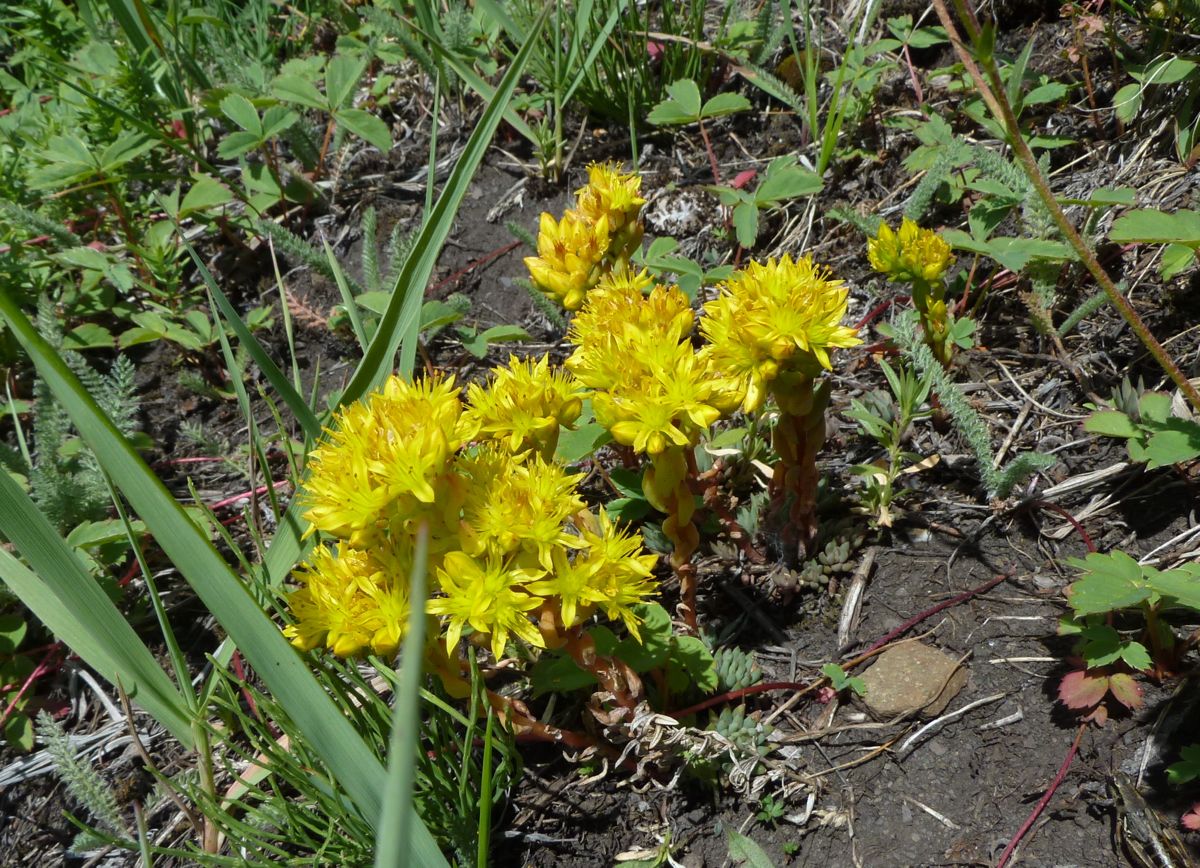
Photo Credit by: bing.com / sedum lanceolatum nargs subalpine forgetmenot ridge kananaskis elevation alberta lower
Sedum Lanceolatum (Spearleaf Stonecrop) | World Of Succulents
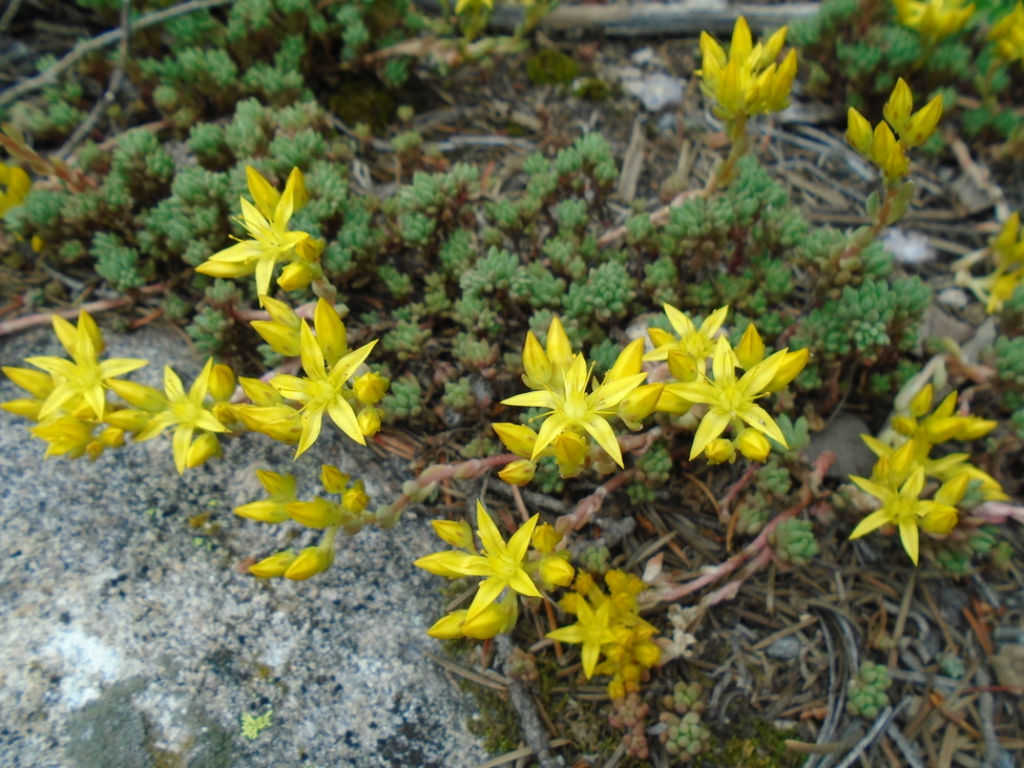
Photo Credit by: bing.com / lanceolatum sedum stonecrop
Sedum Lanceolatum | North American Rock Garden Society

Photo Credit by: bing.com / lanceolatum sedum nargs elevations
Sedum Lanceolatum (Spearleaf Stonecrop) | World Of Succulents

Photo Credit by: bing.com / sedum lanceolatum stonecrop crassulaceae worldofsucculents